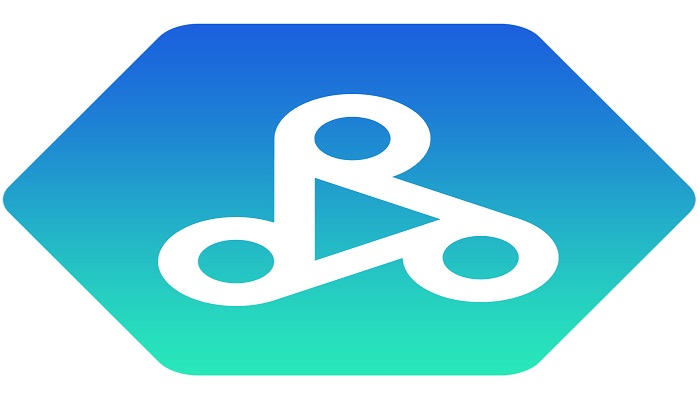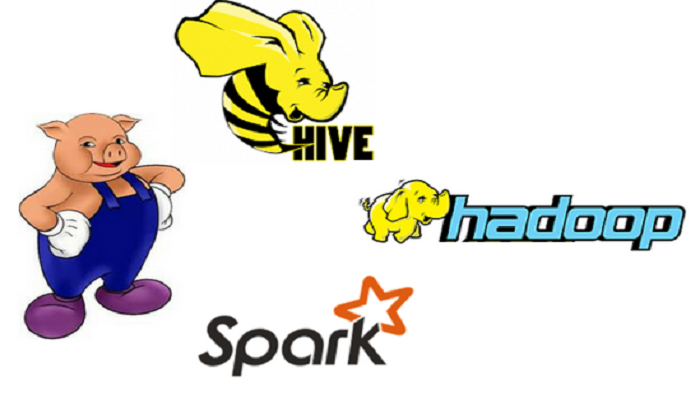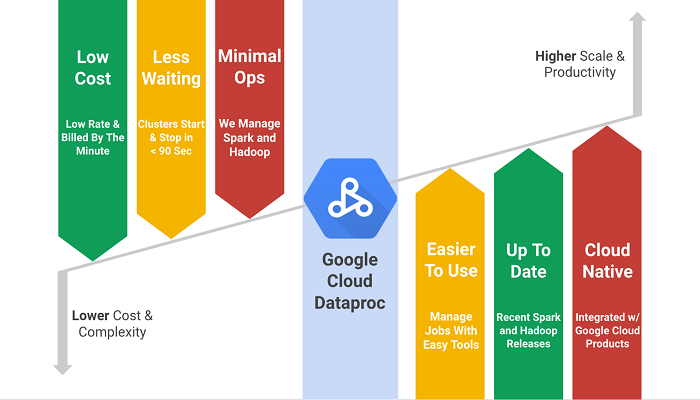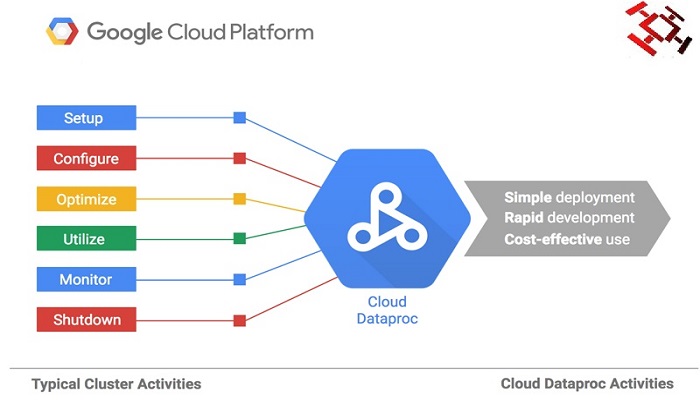Amongst all the mind-blowing services that the Google offers to make our day to day life simpler, another distinguished managed service is Google Cloud Dataproc. This is meant to process the large datasets which is actually used for big data initiatives. This service, is yet another noteworthy part of the Google Cloud Platform which is attached to the Google’s public cloud offering.
This service felicitates the users to process, transform and even understand the huge quantities of data. For instance, the organizations using this service can utilize it to process the data from huge number of loT (Lab of Things) devices, it could also be helpful in making predictions of manufacturing and sales opportunities from denoted business data and to minutely examine the potential security flaws and errors.
Another feature of the Dataproc service is that it gives an opportunity to the user to create a managed group (cluster) that can scale from approximately three to hundreds of nodes . These clusters could be created on demand, and have a feature where they can be turned on for the processing task in a set duration of time and later once the task is accomplished they can be turned off . These clusters can also be modified in terms of their size as per the need of the user on scales of the workload, budget constraints, requirement of performance and the prevailing resources. It is also feasible to scale the cluster upward or downward while the job is in process. The user have to only make payments for the resources that they have used in the process.
Dataproc is built on an open source platform, and it includes:
• Apache Hadoop – it is an open source software that helps in distributing and processing of large data among the cluster.
• Apache Spark – it is an open source cluster computing framework that serves as the device for processing large scale data quickly.
• Apache Pig – It is a high level platform meant for analyzing large data sets.
• Apache Hive – It is a software project that makes data warehousing and SQL available and database storage and management.
Dataproc supports the native edition of Hadoop, Spark, Pig and Hive which gives a facility to the users to be engaged in the latest editions of each of these platforms, and also keep them connected to the entire vicinity of the concerned open source tools and libraries. The benefited users can also create Dataproc vacancies in languages that are in trend with the Spark and Hadoop ecosystem like Java, Scala, Python and R.
Google Cloud Dataproc is completely incorporated with the other Google Cloud Platform services, which also include:
• BigQuery – it is a web service that allows to manage the sized data and process the read only massive sized data sets.
• Bigtable – this NoSQL is a huge compressed data storage service provider.
• Google Cloud Storage – It’s a highly reliable service used for making the huge data storage and accessible.
• Stackdriver Monitoring – It is a tool that gives you a facility to track the performance and availability of the google cloud.
• Stackdriver Monitoring – It facilitates the user to store, search, monitor and analyze data and to prepare alerts keeping all these facts and figures in consideration.
Google Cloud Platform console can be effectively used by the user in order to create new cluster as per their choice, manage the clusters as per their needs and modify them time to time, users can also make the required operations at Spark, Hadoopjobs with the help of Google Cloud Platform console, cloud software development kit (SDK) or the cloud representation state transfer (REST) application programming interface (API).
The current billing tariff of the Google Cloud Dataproc is approximately $0.01 for an hour for each virtual machine (VM) that is being used in the Dataproc cluster. There are added expenses of taking services of the other Dataproc project features like Bigquery and Bigtable, which are payable as per the usage.
This facility of Dataproc is more over efficiently used by the data scientists, business men, decision-makers of different organizations, people involved in different researches and other the Information and Technology professionals.



